In the complex and evolving world of Applied Behavior Analysis (ABA), the tools and techniques we employ play a pivotal role in transforming the therapeutic landscape for children with developmental disabilities, particularly autism. At the core of our approach, these instruments and methods are not just accessories but foundational components that facilitate significant breakthroughs in behavior management and skill acquisition.
As ABA therapists, our primary aim is to foster a supportive, engaging, and effective therapeutic environment. This requires a blend of traditional and innovative ABA tools that are both versatile and adaptable to the unique needs of each child we support. Our selection of techniques is geared not only towards mitigating challenging behaviors but also towards promoting learning and positive behavior through scientifically-backed strategies.
Employing specialized ABA tools and methods offers a structured yet flexible framework, allowing us to tailor interventions that maximize each session’s effectiveness. Whether it’s through positive reinforcement, task analysis, or motivational strategies, our toolbox is constantly being refined to incorporate evidence-based practices that support and empower the children in our care. Each tool and technique is chosen with the intent to spark interest, engage attention, and encourage ongoing progress, making every learning opportunity impactful and meaningful.
Understanding the Basics of ABA Tools
In ABA therapy, we use a variety of tools designed to facilitate learning and behavioral improvement in a structured way. These tools are crucial as they help us apply the principles of behavior analysis effectively to support each individual’s needs. One of the primary tools we rely on is the behavior intervention plan, which lays out the strategies and interventions designed to modify specific behaviors. This plan is tailored to each child, ensuring that the approach is personalized and responsive to their unique challenges and strengths.
Another essential tool in our arsenal is the use of data collection systems. These systems allow us to track a child’s progress over time, monitor the effectiveness of interventions, and make informed adjustments to the therapy plan. Data tools range from simple tracking sheets to sophisticated software that provides real-time analysis of behavioral patterns. By consistently gathering and analyzing data, we ensure that our therapeutic approaches are grounded in observable, measurable outcomes, making our interventions both accountable and transparent.
Common Techniques in ABA Therapy
Our therapeutic approaches in ABA are diverse, but some techniques are fundamental and widely used due to their effectiveness. Firstly, discrete trial training (DTT) is a core technique where skills are broken down into simple steps and taught systematically. This method allows us to reinforce each step of the learning process, making it easier for children to acquire and retain new skills. Each trial or teaching attempt has a clear beginning and end, which helps the child focus and understand the task.
Another technique we frequently employ is task analysis. This involves breaking down complex behaviors into manageable, sequential steps. By teaching each step individually and then gradually linking them to perform the complete sequence, we help children accomplish tasks they might find overwhelming if approached all at once. This can range from learning daily living skills like dressing independently to academic tasks such as solving a math problem.
Reinforcement plays a pivotal role in making these techniques successful. By identifying and implementing effective reinforcers—whether they’re verbal praise, tokens, or something uniquely motivating for the child—we increase the likelihood of a behavior being repeated. This positive reinforcement is critical to fostering both small and significant behavioral changes, ensuring that the skills and behaviors being taught are not only learned but also consistently applied in various settings.
Visual Aids and How They Support Learning
In our ABA therapy sessions, visual aids are key tools that significantly enhance learning and understanding for children with autism. These tools are especially valuable as they cater to visual learners who may struggle with traditional verbal instructions. We utilize a range of visual aids such as picture schedules, storyboards, and flashcards. A picture schedule, for example, helps a child understand the sequence of activities planned for the day, reducing anxiety about the unknown and providing a visual reminder of what comes next. This predictability can greatly ease transitions between activities, one of the common challenges faced by children with autism.
Flashcards, on the other hand, are used to teach vocabulary, match items, or even explain social scenarios. By simplifying complex information into visual formats, we allow children to process learning materials more effectively and independently. Visual aids not only support academic skills but also enhance communication and social interactions, enabling children to express their needs and understand others’ perspectives more clearly. This visual approach to learning helps to anchor knowledge and skills in a way that is both accessible and engaging for the children we work with.
Evaluating Progress: Tools for Monitoring Success
To ensure the effectiveness of our ABA therapy, continuous evaluation of progress is essential. We utilize various tools to measure and monitor the success of the therapy sessions. Progress monitoring tools include detailed behavioral charts, standardized assessments, and regular progress reports. By consistently tracking improvements or identifying areas needing more focus, we can adapt our strategies to better meet the individual needs of each child. These assessments are conducted at regular intervals to provide a comprehensive overview of the child’s development over time.
Data derived from these tools not only informs us about the effectiveness of specific interventions but also helps in setting future goals for the child’s therapy. This ongoing assessment process ensures that our therapy remains dynamic and responsive, providing us with the flexibility to introduce new techniques or phases of intervention as needed. By closely monitoring each child’s progress, we ensure that our efforts are aligned with achieving the best possible outcomes, supporting their journey towards greater independence and improved social interactions.
Conclusion
At Strive ABA Consultants, we are committed to harnessing the power of ABA therapy to foster significant improvements in the lives of children with autism and other developmental disabilities. By utilizing a diverse array of tools and techniques, we tailor our sessions to maximize learning and growth. From implementing play-based activities to integrating visual aids and conducting rigorous evaluations, our approaches are designed to meet the unique needs of each child.
We understand that every child’s journey is different, and our dedication to providing individualized, evidence-based treatment reflects our commitment to embracing each child’s full potential. If you’re interested in exploring how our specialized ABA therapy approaches can benefit your child, please contact us today. Let’s work together to create a supportive and effective learning environment for your child with Strive ABA Consultants.


